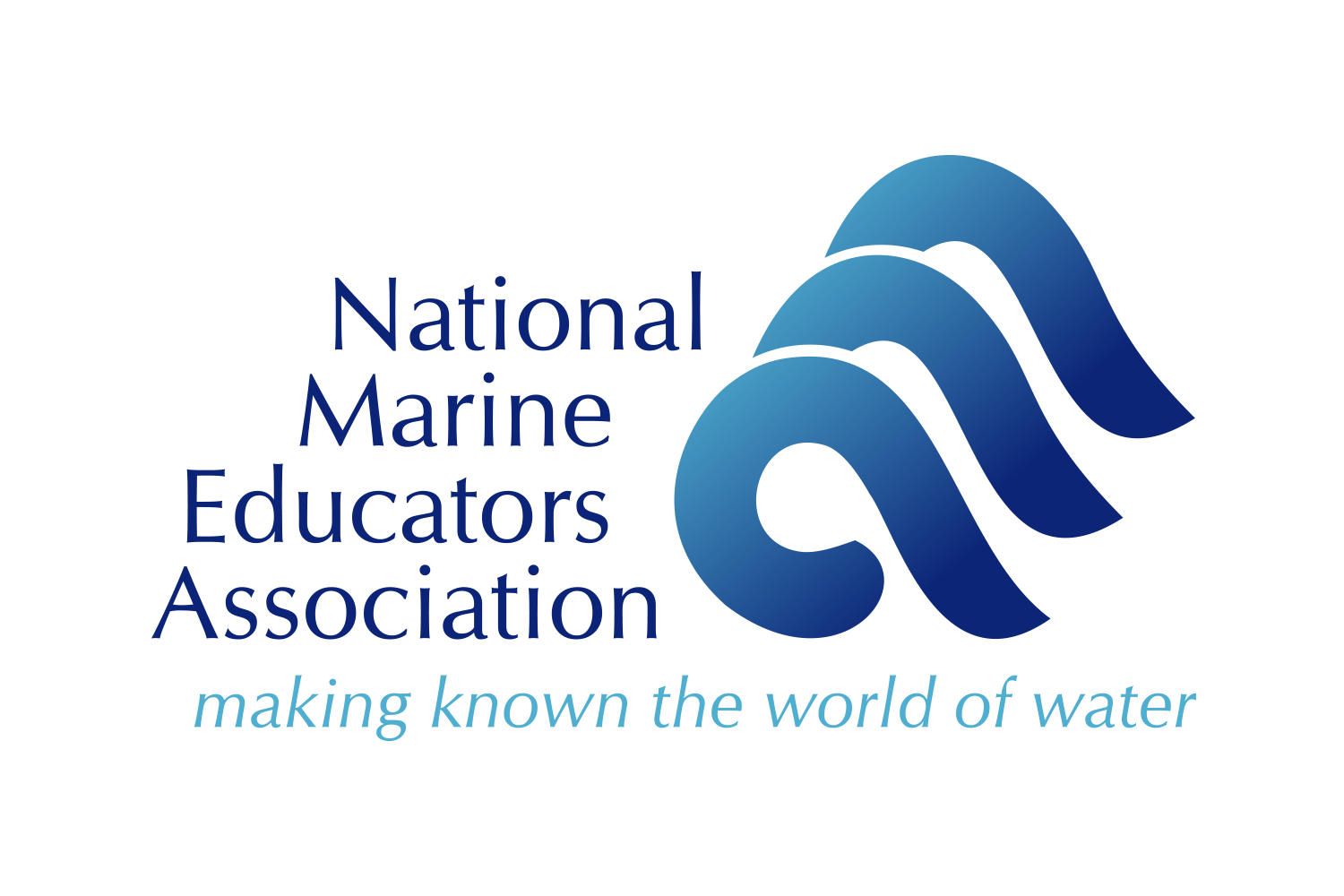Sharing a Passion for Ocean and Coastal Acidification with Janet Reimer
Dr. Janet Reimer
SOCAN Co-Coordinator
Southeast Ocean and Coastal Acidification Network (SOCAN) and University of Delaware
Newark, Delaware
Inspired by the Environment
When I was about 8 years old, I was snorkeling and feeding the fish. All of a sudden I was surrounded and "attacked" by sergeant majors, tangs, and gar. I climbed up on top of my mother's shoulders to get out of the water (she was standing). Ever since then, I have had a love of the ocean that is inexplicable. I am inspired by the fact that what I research has tangible, real-life application. When I teach, I try to inspire students by providing examples from their own lives. I assign homework that forces them to look at the way they live and use the environment around them. I ask them to consider how the ecosystem serves them and use regional examples when teaching about ecosystem services.
I started my Marine Education journey as a volunteer at the New York Aquarium when I was in high school. Then, as an undergraduate at Southampton College on Long Island, NY, I majored in Marine Science with a concentration in Biology, with a minor in English Literature. I have always wanted to work in, on, or around the ocean. And I love writing.
A Passion for Outreach
As a SOCAN Co-Coordinator, my favorite aspect is outreach education. I have a true passion to "fix" acidification, but the first step is to interact with people to introduce the problem of acidification. SOCAN does this through virtual webinars and workshops. I also love teaching environmental science to students in Junior College. It satisfies my love of teaching and outreach. As part of my outreach responsibilities, I manage social media platforms such as Facebook, Twitter, and emails to SOCAN members. Ocean acidification (and general environmental) education is important to me because acidification is an problem that we can reduce the effects of, especially if people are more aware of it. I get to do the laboratory science and science outreach. I get to do something important for the environment and a job I love, and that is important to me. SOCAN has periodic webinars aimed at non-science stakeholders, email updates on research, legislation, education, proposal calls, etc.; anything related to acidification. People can sign up for our email updates through the website and follow us on Facebook and Twitter. All of our webinars are available through YouTube.
In 2018, I went out on a research cruise on the NOAA Ship Henry Bigelow. The expedition was called the East Coast Ocean Acidification (ECOA) Cruise and traversed the entire East Coast of the USA up to the Bay of Fundy in Canada. The first photo is me holding two Styrofoam wig holders (heads) that were decorated by students at Martic Elementary School, where I am a parent-volunteer. I took them on the cruise with me to show students the increased hydrostatic pressure found in the deep sea. The second photo is one of the heads after it was sent down to over 1500 meters, where the pressure causes it to condense. As the head descends, the air is squeezed out of the Styrofoam beads and the head shrinks.
Resources for Teaching
I use the Chesapeake Bay as an example in my online teaching class. My students live with the Chesapeake Bay watershed and many of them use the Bay recreationally. I use the site Eco Report Card for the Chesapeake. The Southeast Coastal Ocean Observing Regional Association (SECOORA) website is a great resource for real-time data and historical datasets in the Southeast USA. I also use the Ocean Acidification Information Exchange, which is basically the social media hub for researchers and other stakeholders, for sharing teaching and research updates and materials.
By asking students to give examples of how they directly benefit from coastal ecosystem services, I believe it makes them think about how the ocean benefits them. By having them appreciate the influence of the ocean in their daily lives, I think they may have a greater appreciation for it and therefore care more about the health of our coastal ecosystems. I incorporate carbon footprint calculators into these assignments so that they can learn about ways to reduce their own carbon footprints to benefit coastal zones.
Just for Fun: If I could be any marine animal, I would be a shark; a Great White Shark. They are beautiful, graceful, powerful, and intelligent.
Janet co-coordinates stakeholder outreach education and engagement for the Southeast Ocean and Coastal Acidification Network (SOCAN) and is an ocean acidification researcher at the University of Delaware. She also teaches Environmental Sustainability online at Northampton Community College. She wears a lot of hats!





